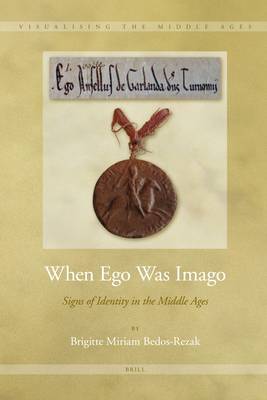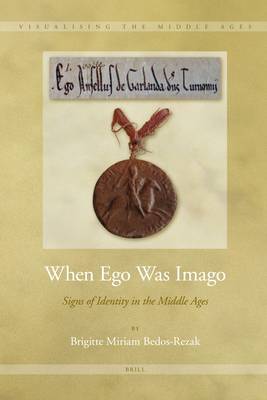
- Afhalen na 1 uur in een winkel met voorraad
- Gratis thuislevering in België vanaf € 30
- Ruim aanbod met 7 miljoen producten
- Afhalen na 1 uur in een winkel met voorraad
- Gratis thuislevering in België vanaf € 30
- Ruim aanbod met 7 miljoen producten
Zoeken
Omschrijving
Twelfth-century individuals negotiated personal relationships along a continuum connecting rather than polarizing immediacy and mediated representation. Their markers of individuation, signs of identity and media of communication thus evidence practical engagement with contemporary medieval sign theory and perceptions of reality. In this study, the relevance of modern theory for the interpretation of medieval artifacts is shown to depend upon the parallel existence of theoretical activity by the producers and users of such artifacts. In the cultural landscape of the central Middle Ages, the axes of iconicity, semantics and materiality traced by charters, seals, and by both concrete and metaphorical images of the imprint, dynamically shaped the boundaries within which a sense of self was formulated, modulated, experienced, and enacted.
Specificaties
Betrokkenen
- Auteur(s):
- Uitgeverij:
Inhoud
- Aantal bladzijden:
- 352
- Taal:
- Engels
- Reeks:
- Reeksnummer:
- nr. 3
Eigenschappen
- Productcode (EAN):
- 9789004192171
- Verschijningsdatum:
- 26/11/2010
- Uitvoering:
- Hardcover
- Formaat:
- Genaaid
- Afmetingen:
- 160 mm x 241 mm
- Gewicht:
- 657 g

Alleen bij Standaard Boekhandel
+ 552 punten op je klantenkaart van Standaard Boekhandel
Beoordelingen
We publiceren alleen reviews die voldoen aan de voorwaarden voor reviews. Bekijk onze voorwaarden voor reviews.








